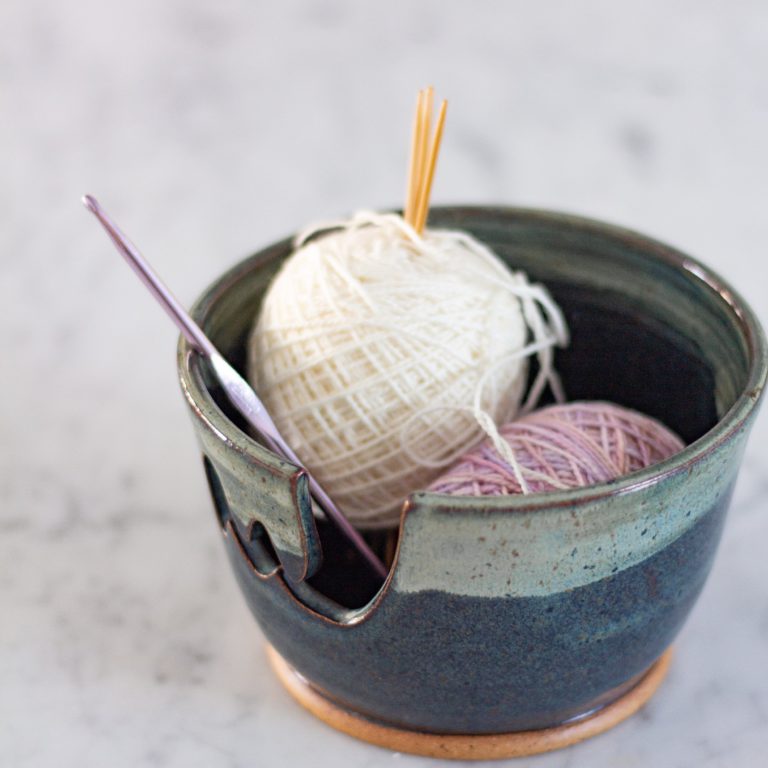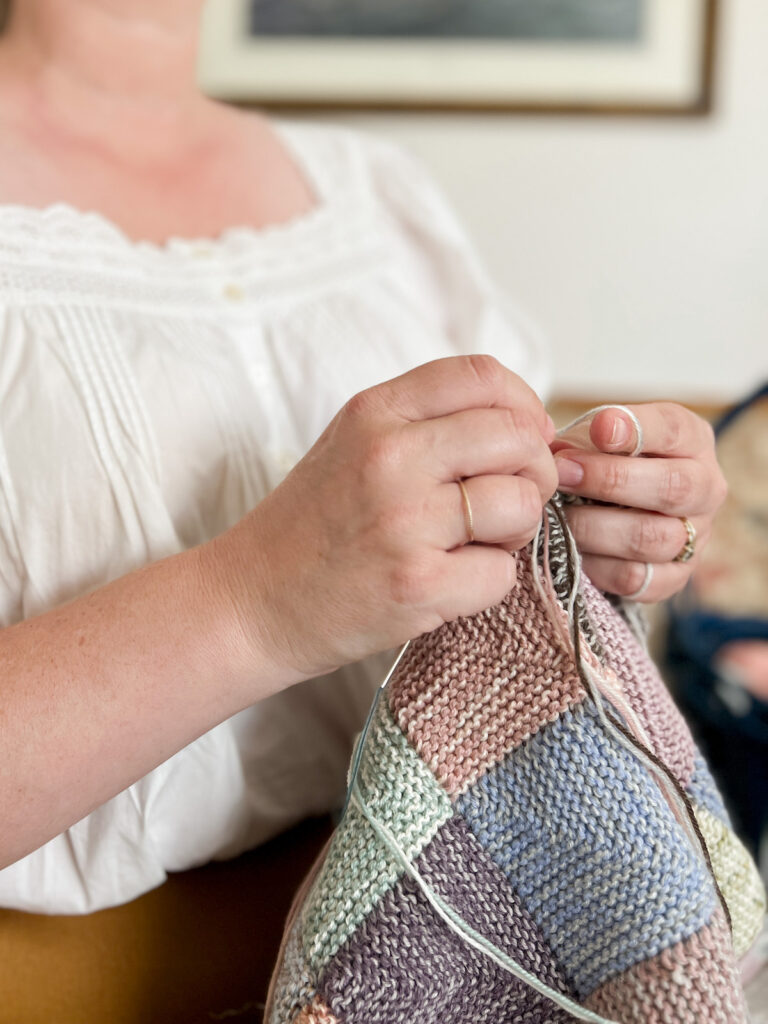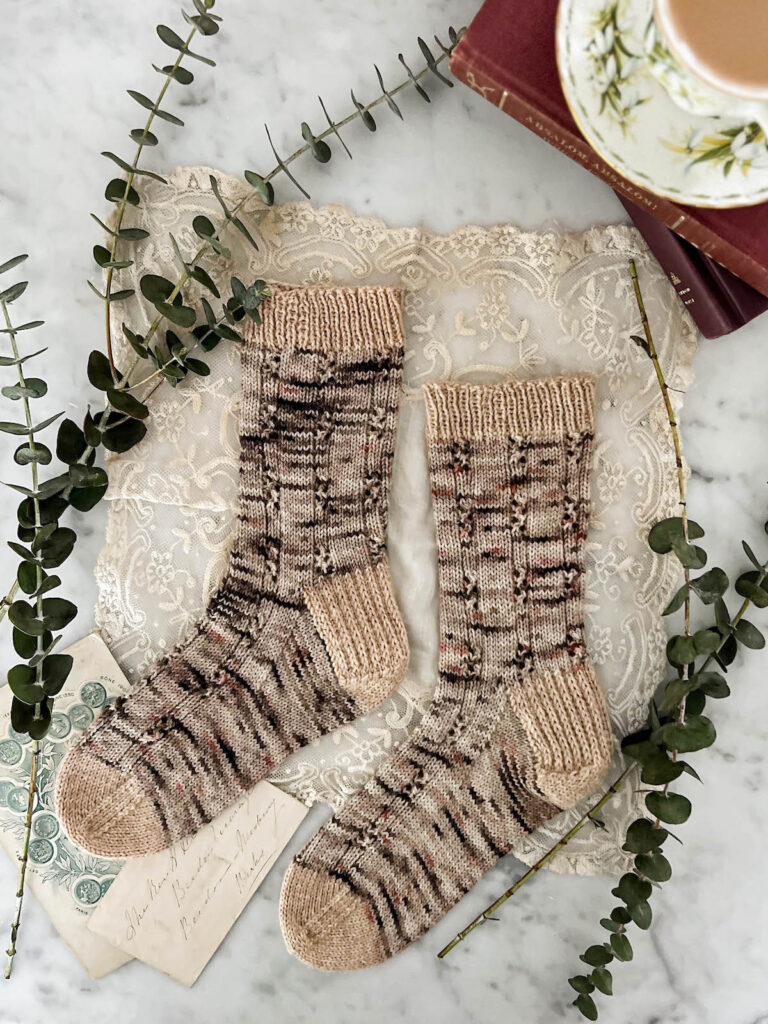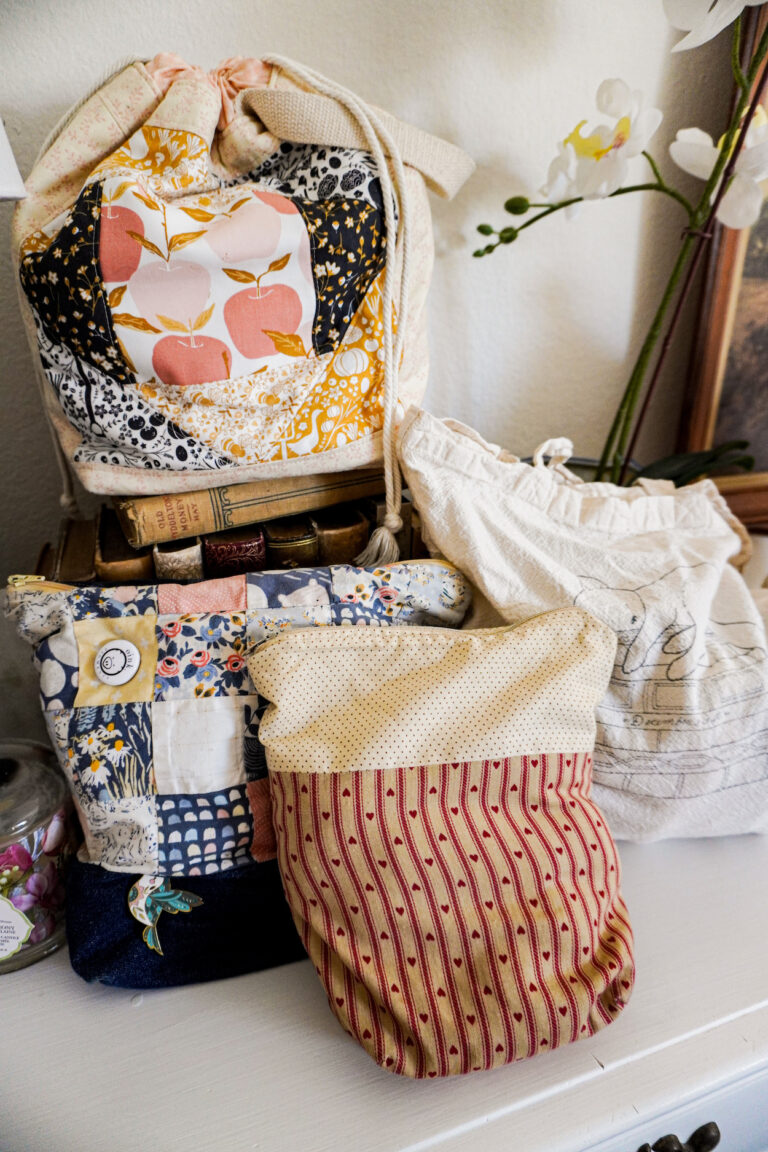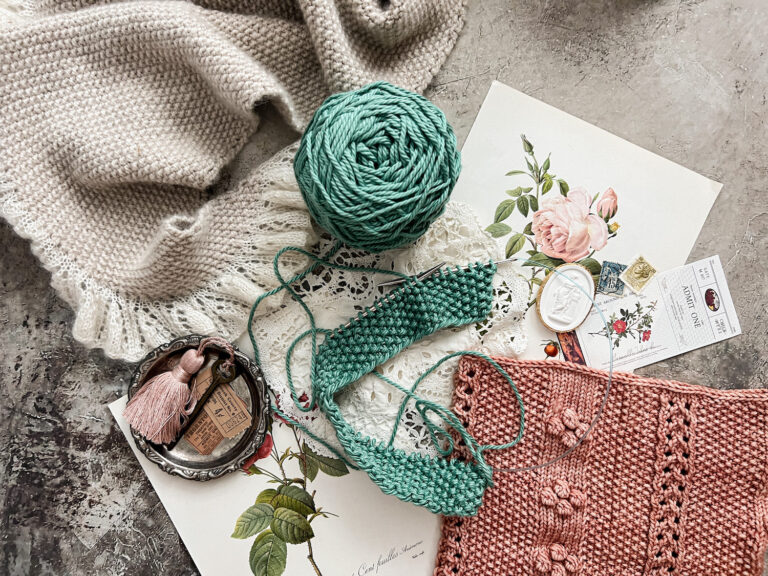When I learned to knit back in 2007, I mostly learned on my own. It was the heyday of knitting blogs and Ravelry had just hit the scene. In many ways, I had arrived right on time, and it led to a lifetime of knitting without fear.
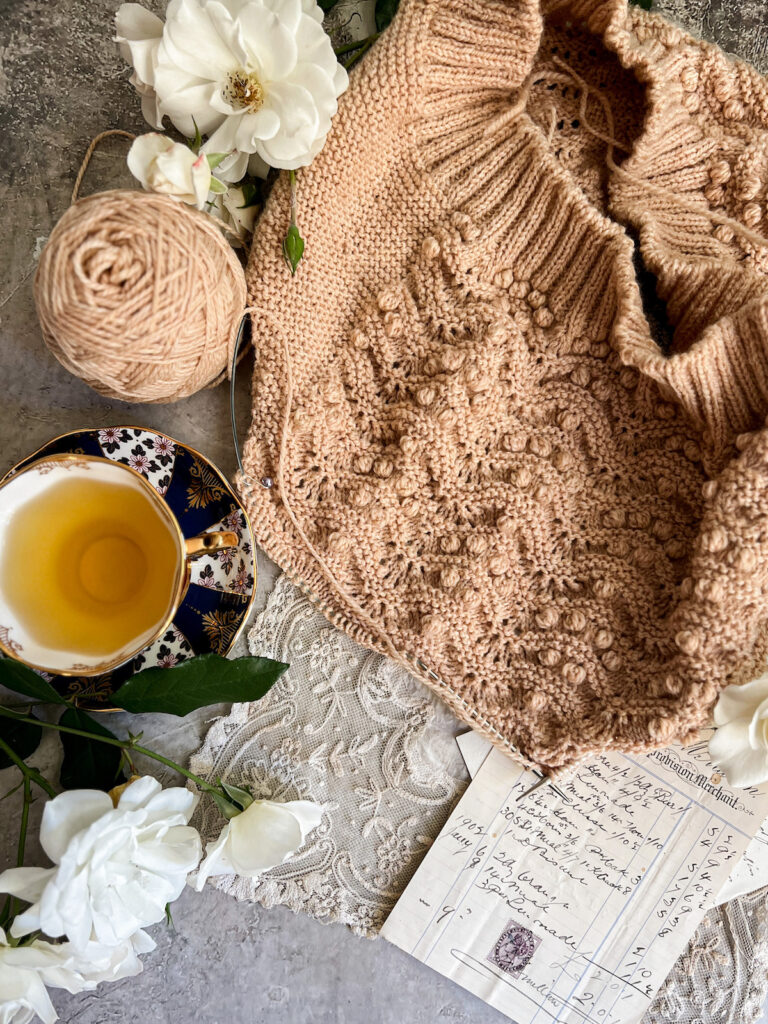
See, I was a beginner knitter, but most of my knitting friends weren’t much further along. We were all experimenting, learning, and growing rapidly. We learned new skills from one project to the next, explored voraciously, and crashed along with joyful chaos.
I knit my first sock and my first sweater less than six months after picking up the needles for the first time. I’m sure there was a combination of factors involved here, among them that I was young and living alone (so had lots of free time), and I was in a time of life (my first year of law school) when I was especially open to trying new things and feeling like I knew nothing.
But I think there’s also value in not knowing what to be afraid of. Because I was a beginner and so were all my friends, every new thing was equally challenging. Whether it was colorwork or a sock, it didn’t matter. I just tried things that looked interesting.
I hadn’t given it much thought in quite a while, but a while ago, my friend Beth posted on Instagram about some feedback she’d gotten on her gorgeous pattern, the Freda Faye Wrap (Ravelry link). Knitters kept telling her they would like to knit her shawl, if only they were a better knitter.
Beth rightly pointed out that this idea is self-defeating nonsense. I agree. Let’s talk about why.
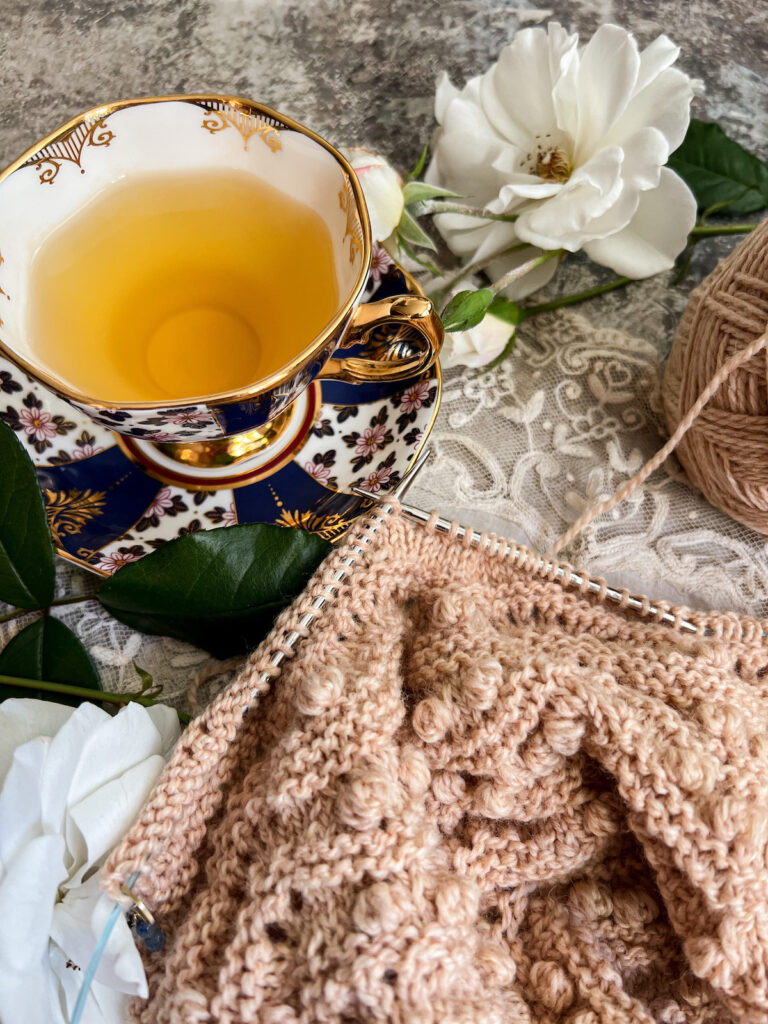
If You Can Knit and Purl, You Can Do Anything Else, Too
When my friend Cara first taught me to cast on and work the knit stitch, she told me, “Knitting is essentially tying a bunch of knots with sticks.” It was a surprisingly reassuring perspective. I knew how to tie a knot or two. If I could do that, I could do this, too.
The same is true for any other knitter. If you know how to knit and purl, then you can learn any of the other stitches, too. Cabling is just moving the stitches around on your needles. Lace is just lumping some stitches together and making a couple extra loops with your yarn to make up for the stitches you took away. Bobbles, nupps, stretched stitches, colorwork: it’s all doable.
If you can knit and purl, you can do anything else, too.
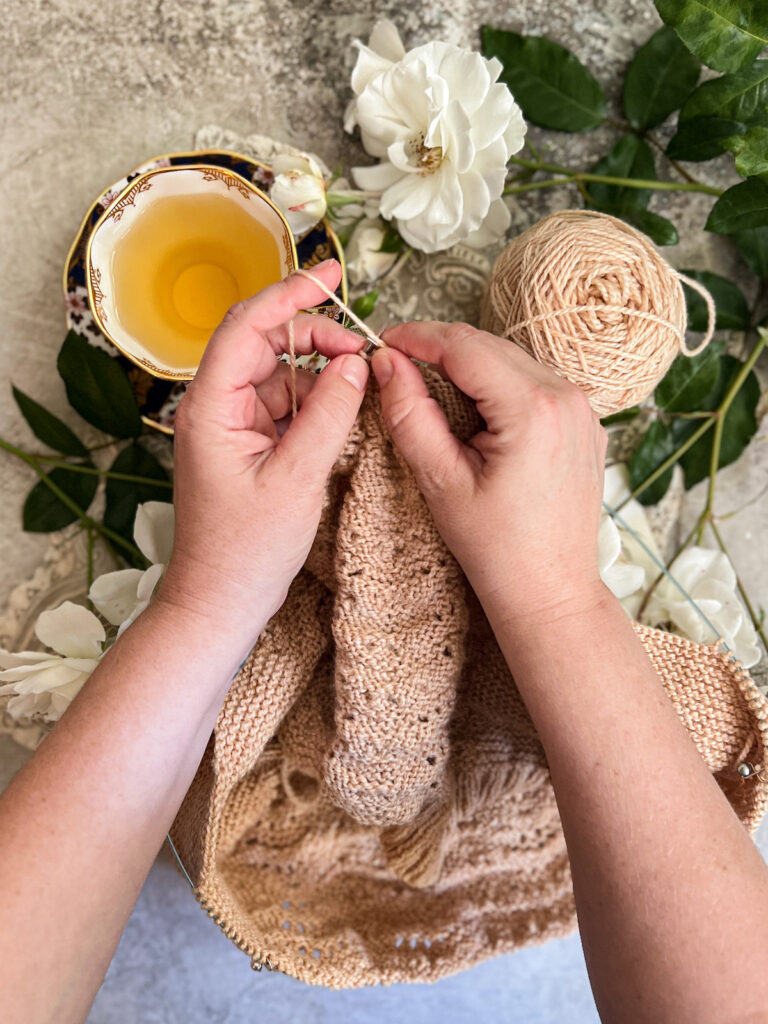
Don’t Let Others Tell You What You Should Be Scared Of
So often, I see knitters express a desire to try a new technique or project type, only to say, “Oh, but I’m not a good enough knitter for something like that.”
Who says so?
Because the only person whose opinion matters in this situation is yours. If you have the curiosity, patience, and willingness to fix the occasional mistake, you’re a good enough knitter.
I think sometimes, in expressing our own frustration with a project, more experienced knitters can scare away other knitters who are perfectly capable of making that same thing. People talk about how they can’t get the hang of knitting in the round, or are stymied by sock heels, or struggle to seam together a garment. Those are all valid challenges! But it’s helpful to remember that just because someone else struggles with them doesn’t mean you will, too.
Other knitters, for example, get stuck on second sock syndrome pretty badly. I haven’t had that happen in years, thanks to my 9″ circular needles. On the other hand, I struggle to finish garments with simultaneous neck and shoulder shaping, but my friend Jen Parroccini finds that process really soothing. Just because your friend or mentor struggles with a knitting technique or type of project doesn’t mean you will, too.
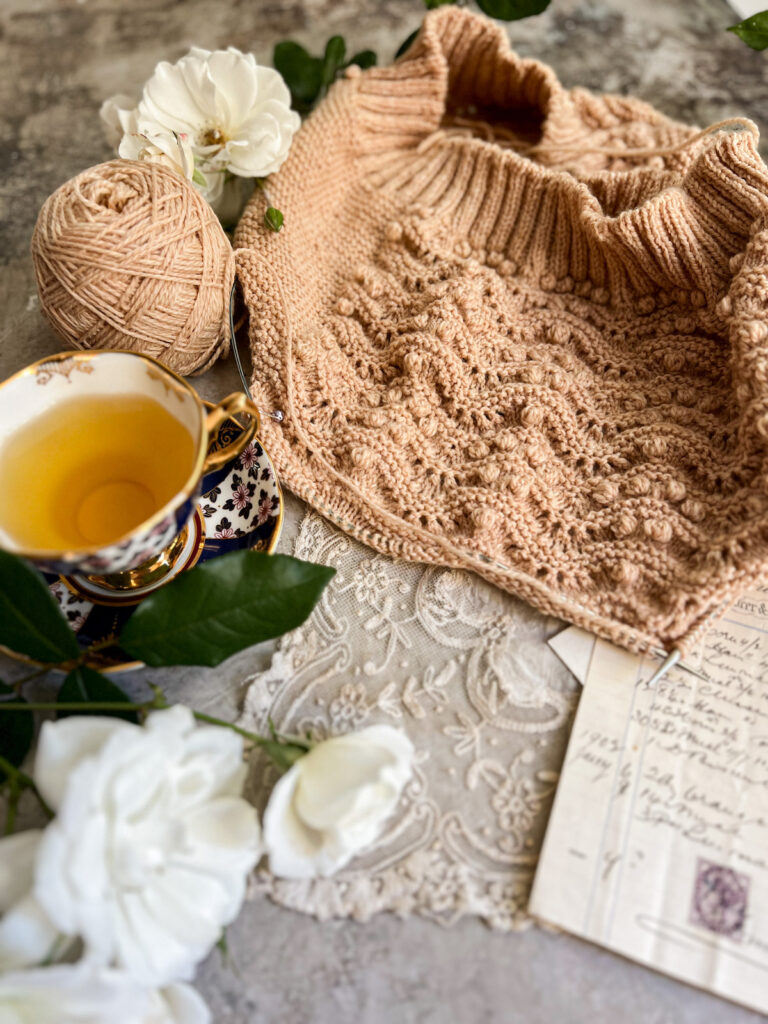
If You’re Really Worried, Knit With Training Wheels
Now, let’s acknowledge that some patterns are, of course, more difficult than others. Some are going to involve more techniques, some are going to require you to do several things at once, and some are knit at a teeny tiny gauge. This is true. Some will require more work on your part.
But you can figure them out, and there are tools to help you do that.
First, use lots of stitch markers. LOTS of stitch markers. If you’re working lace for the first time, for example, place a stitch marker between every repeat of the stitch pattern. Count your stitches between the markers as you reach each new one. Then you’ll know pretty quickly if you’ve missed a stitch or gotten off track somehow.
Second, use a lifeline. Lifelines will allow you to rip back if you’ve made a major mistake, but they’ll keep you from having to rip out all of your work. This way, you can feel a little more freedom to work without stress.
Third, make sure you know where your nearest local yarn store is located. Depending on the level of difficulty you’re having, you can often drop into an LYS and they can help you in just a few minutes or get you set up with an appointment for more intensive 1:1 help (expect that if it takes more than 5-15 minutes to solve the problem, you’ll probably need to sign up for a lesson and be prepared to pay for the teacher’s time).
Fourth, have your internet access handy. You might need to look up stitch definitions or tutorials for a new technique. Being able to do that on your computer or phone will save you a lot of grief. A camping trip with no internet access is probably not the time to tackle a particularly skill-intensive pattern full of techniques you’ve never tried before.
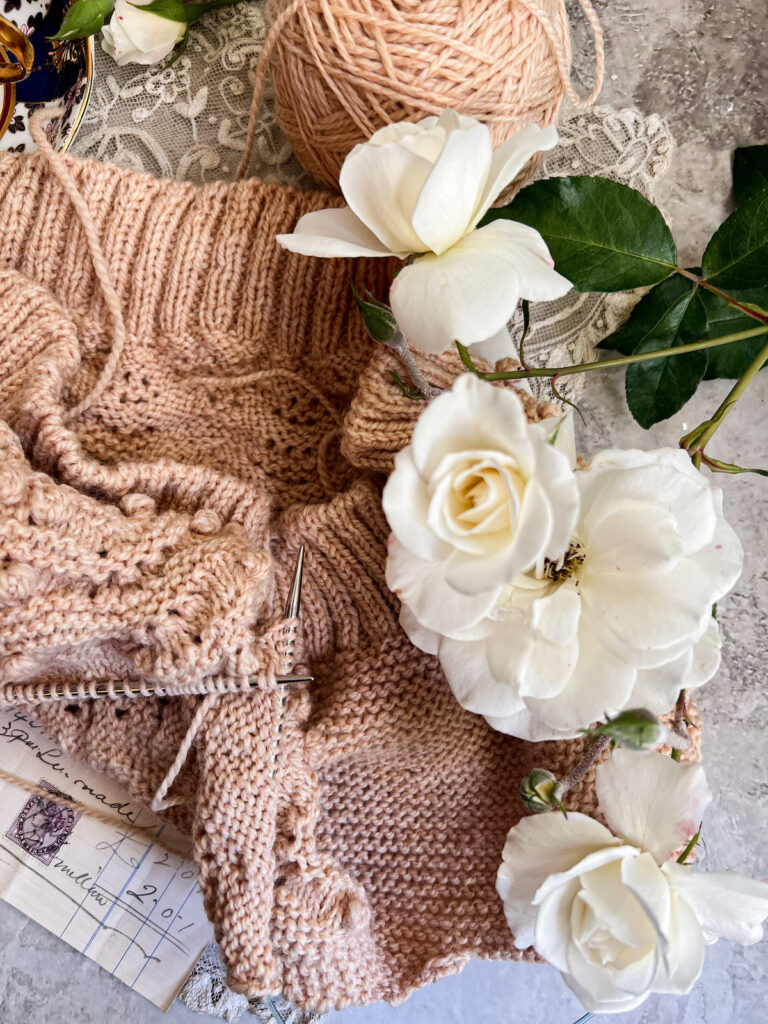
Start With A Good Foundation: Pick a Solid Pattern
None of these things will help, though, if you’re working from a bad pattern that’s riddled with errors and written in a way that makes little sense.
To make sure you have a good pattern on your hand, check for reviews from fellow knitters, look to see whether the pattern has been tech edited (not just test knit), and see how much information the designer provides to help you with your buying decision.
If you’re buying a garment where a schematic is essential for figuring out what size to make, the schematic or a very detailed set of measurements should be available for you to review before you buy the pattern. The more up-front a designer is, the more likely you are to have a good pattern.
As long as you’re working with a good pattern, though, you can achieve quite a bit even with beginner skills. Hang in there!
And remember, when in doubt, there are tons of knitters on the internet who love helping each other out.
P.S. – Knitting without fear is a lifelong journey. The sweater vest you see in these photos is my first garment in 18 months. I’m determined to master this skill set!
Let’s stay connected!
Join my newsletter for 30% off all new releases, regular updates with helpful tips and tricks, first crack at registration for upcoming workshops, exclusive discounts, and more.
Join the A Bee In The Bonnet Facebook Group to participate in knitalongs and other fun community events
Come hang out with me on the A Bee In The Bonnet TikTok
Follow along on the A Bee In The Bonnet Instagram
Get inspired via the A Bee In The Bonnet Pinterest

